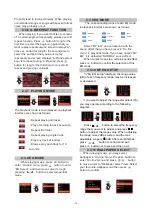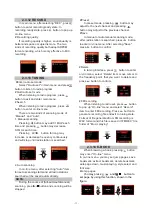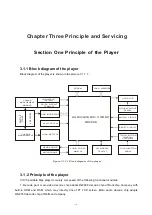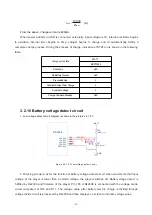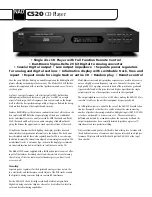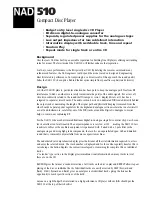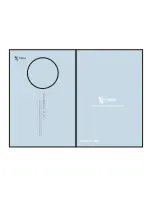
Each button is actually a capacitor. When pressing this flat capacitor, it means two capacitors are
connected parallel on two ends of this capacitor to make the capacitance of this capacitor become
large
charge/discharge cycle become long and the counting number for recording charge process
become large. Counting numbers of many charge cycle form a group of original data named as rawdate
and a new group of numbers, baseline, is formed through rawdate
4. In theory, change of rawdate and
baseline is accordant. After touching buttons, rawdate becomes large quickly. When more than noise
level (V3 is set as 30) set by us, baseline will not change any more. Now, we may judge whether some
buttons are pressed and confirm which buttons are pressed through calculating the difference between
rawdate and baseline. And button function is realized through software.
3.2.9 Charge management circuit
1. Charge management circuit is mainly responsible for Li battery’s charge function and its circuit
diagram is shown in the picture 3.2.9.1:
Figure 3.2.9.1 Charge management circuit diagram
BAT
D_GND
C96
475
CN3
BAT
1
2
R52
0R
D_GND
R54
10K
CHG_OK
2
VIN
U8
MCP73832T
VDD
1
VDD
2
START
5
NC
7
VSS
6
VBAT
3
PROG
8
VBAT
4
VCC
C99
105
D_GND
BATT
R53
2.7K
1%
D_GND
R14
100R
Q1
SI2305DS
D
S
G
5V
BAT1
R101
1K
D5
BAT43WS
BAT
P_GND
USB_VBUS
USB_VBUS
3
2. Working principle: seen from the circuit, charge circuit is mainly composed of charge control IC
MCP73862 and peripheral circuit. VIN is power input pin of MCP73862, that is, 5V power input end of
USB jack; VBAT is output pin of MCP73862, that is, input end of Li-ion battery; STAT means that charge
is in process when in low level, whereas means that charge finishes; PROG is charge current setup end
and MCP73862 uses this reference current to charge Li battery. Relationship between charge current
I
R53 is shown as the following:
REG and
- 24 -

